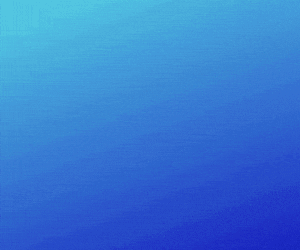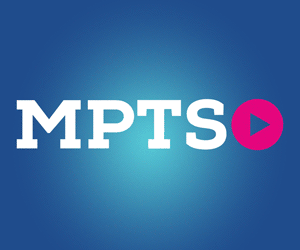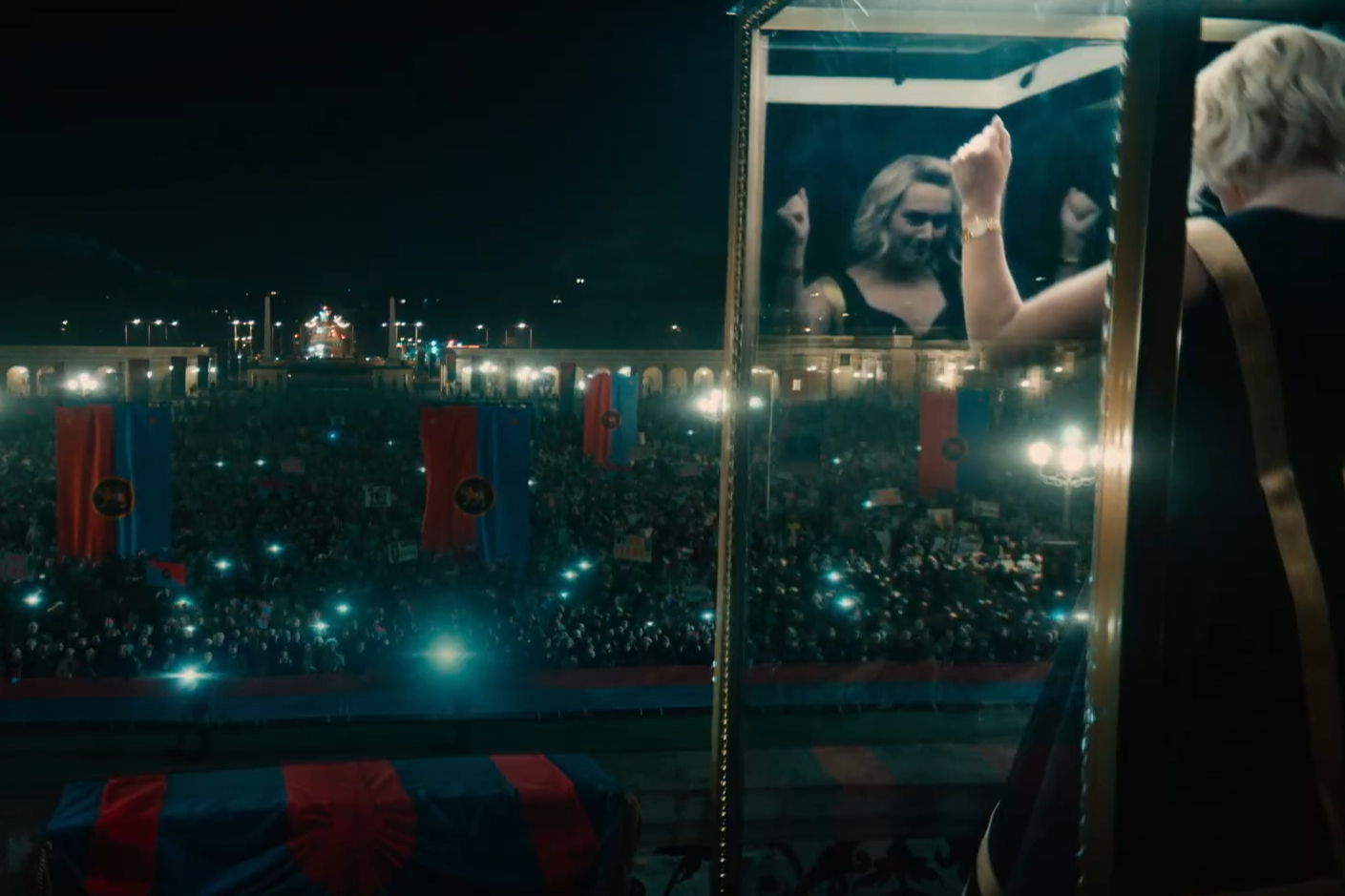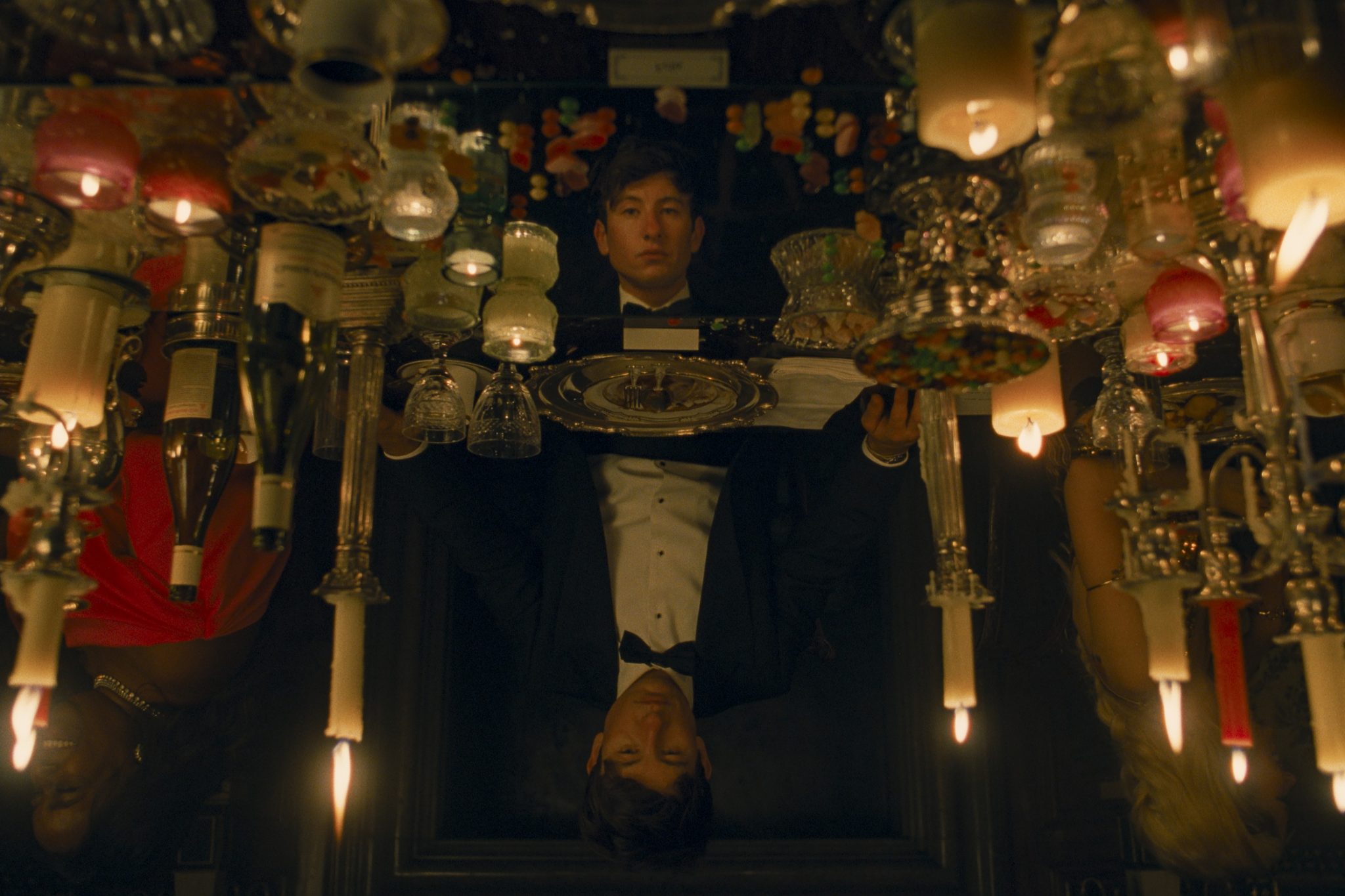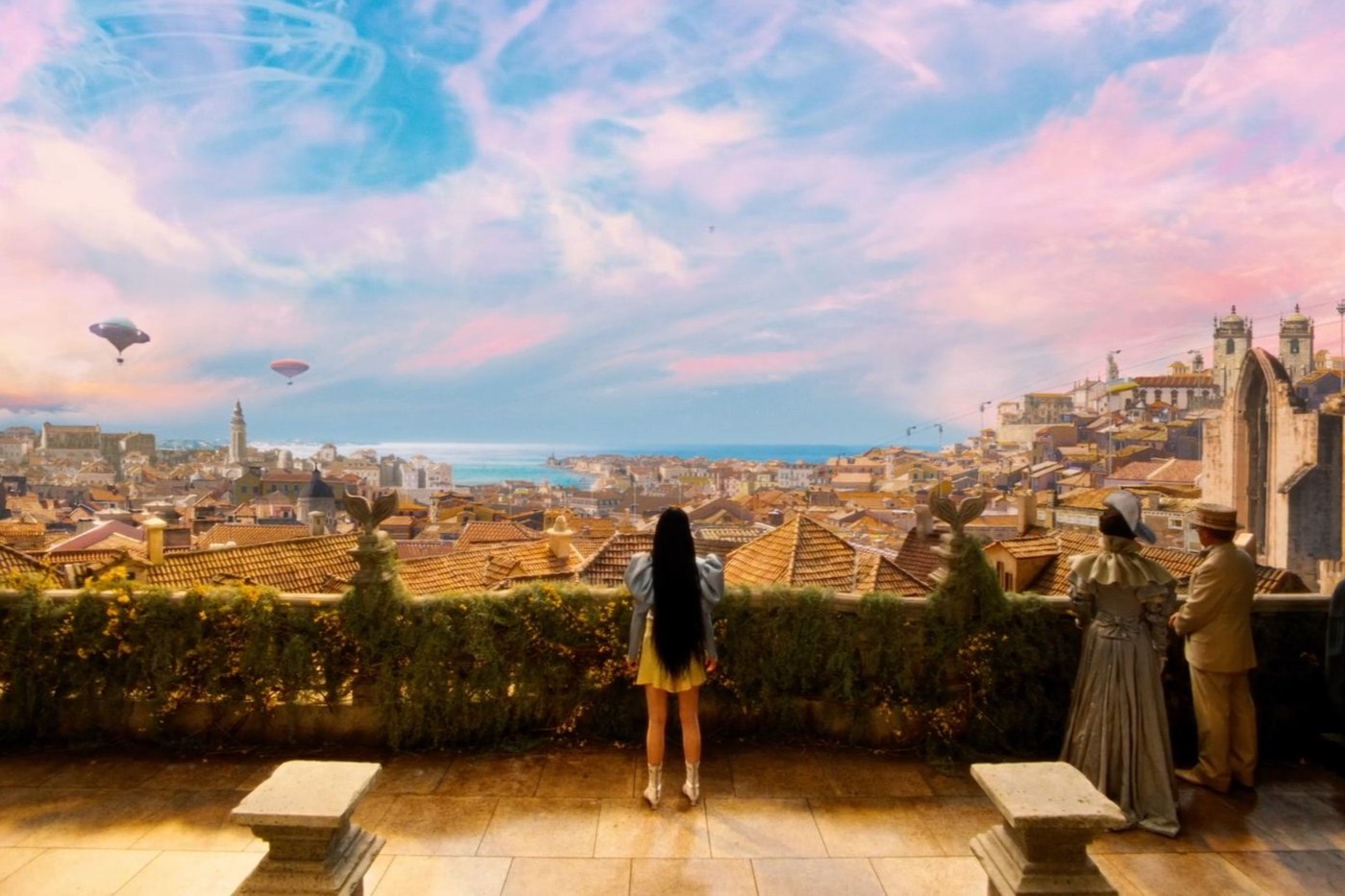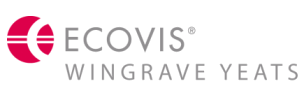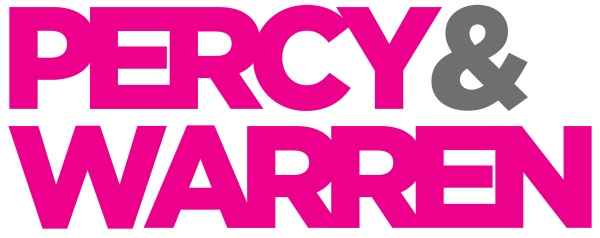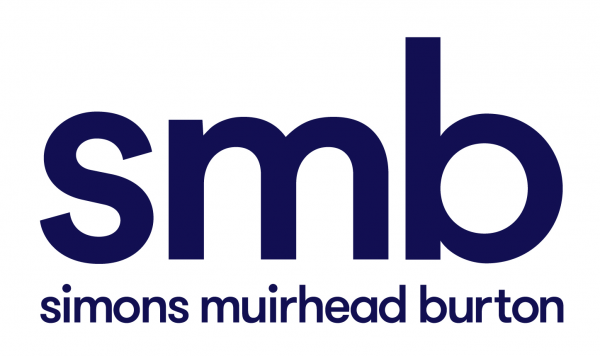This month, we interviewed Union, who are celebrating their 15th anniversary.
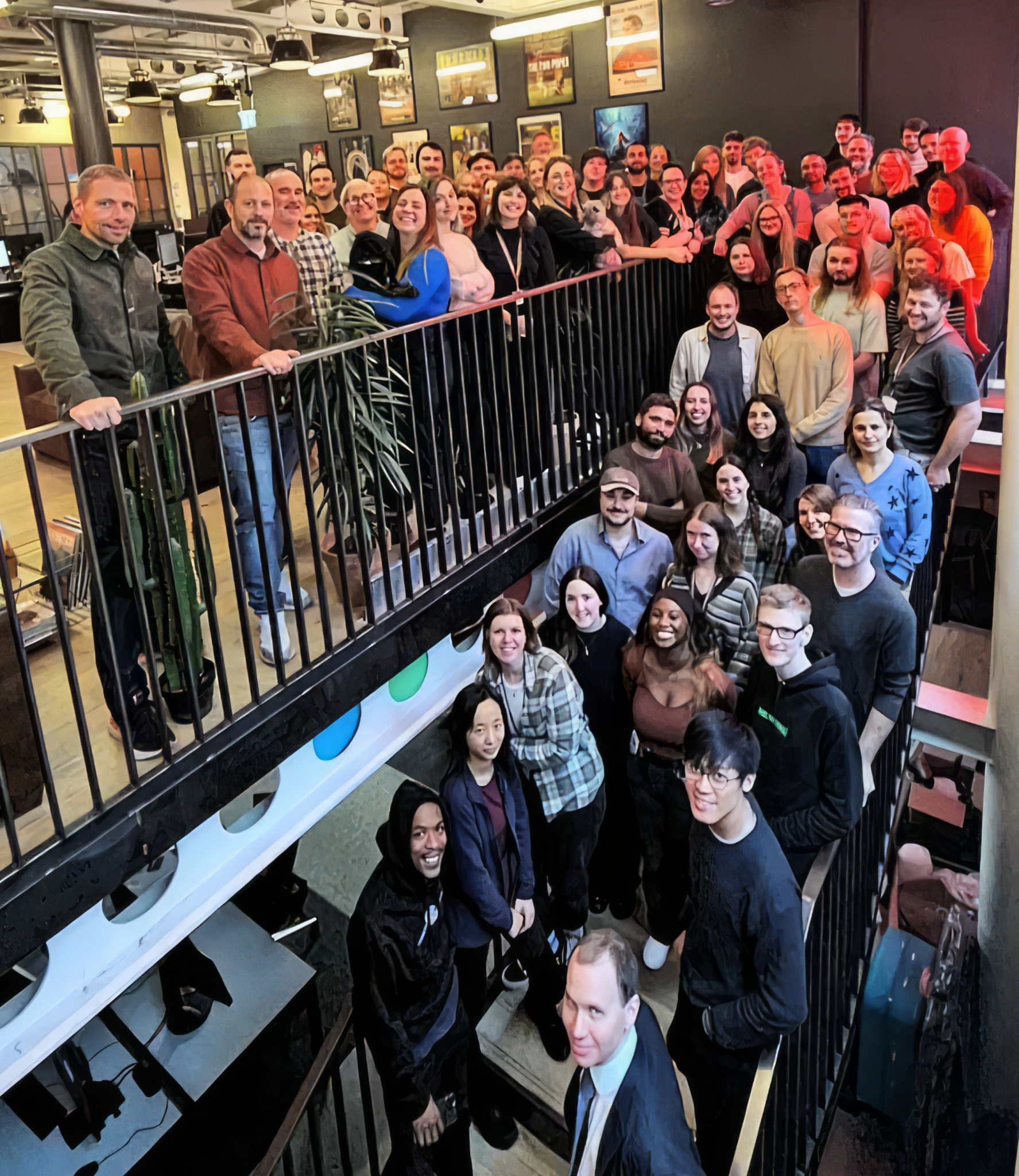
Founded in October 2008 by Adam Gascoyne and Tim Caplan, Union are celebrating their 15th birthday. The company is still wholly owned by its Co-Founders who lead the team, alongside Managing Director Lucy Cooper and Creative Director Simon Hughes. Over their 15-year history, Union have seen steady growth financed by their success with a collective team size of around 150 across both sites. They have grown a loyal client base who enjoy the close creative collaboration with the team. Union are part of Access:VFX and the team are passionate about promoting diversity and inclusion in the VFX industry.
Having established strong creative relationships with innovative film directors from their inception, Union have worked on a huge variety of projects, from period dramas to dystopian fantasies and everything in between, with award-winning filmmakers including Danny Boyle, Stephen Frears, Martin McDonagh, Marjane Satrapi, Sam Mendes, Susanne Bier, Fernando Meirelles and Yorgos Lanthimos.
For their work on the latter’s Poor Things, they have been shortlisted in the Visual Effects category for the 96th Academy Awards and longlisted in the Special Visual Effect category for the 2024 EE BAFTA Film Awards.
Union’s film back catalogue includes Three Billboards Outside, Ebbing Missouri, Florence Foster Jenkins, T2: Trainspotting, 127 Hours, Black Sea, The Two Popes, Radioactive, The Dig, Stan & Ollie, Mamma Mia! Here we go again, The Gentlemen, Empire of Light and The Banshees of Inisherin. Episodic projects include Moon Knight, Trust, The Third Day, The Irregulars, Pistol, The Undoing, Happy!, The Crown, Outlander, For All Mankind, The Wheel of Time, The Sandman and The Power.
We caught up with the Union team to hear more about the studio’s evolution and growth over the last decade and a half.
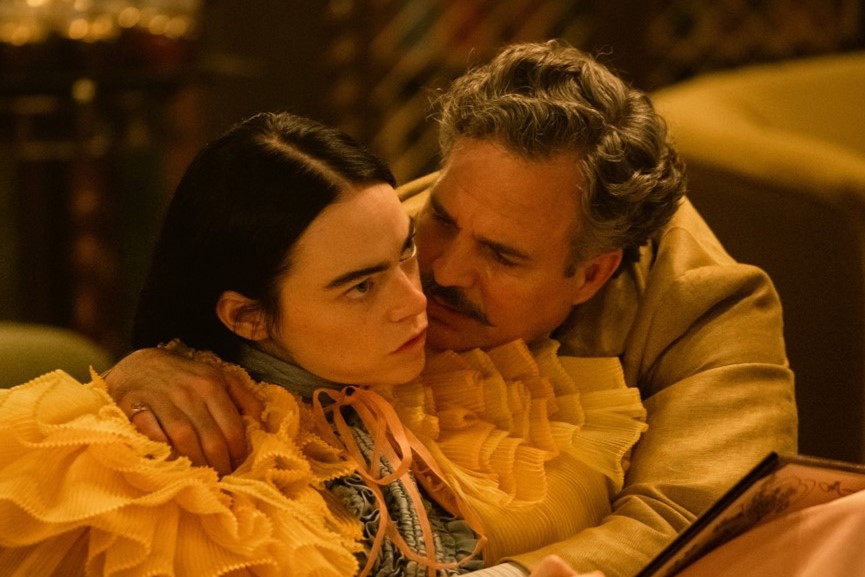
How did setting up the company come about?
Having both worked at bigger VFX studios, Tim and Adam started having conversations about starting their own company. They envisioned building a VFX company that had all the best bits from their experiences, without some of the more negative elements, working on projects they’d both like to watch while retaining a culture that they’d like to work within. After a lot of conversations and, despite a global recession, they took the plunge and formed Union.
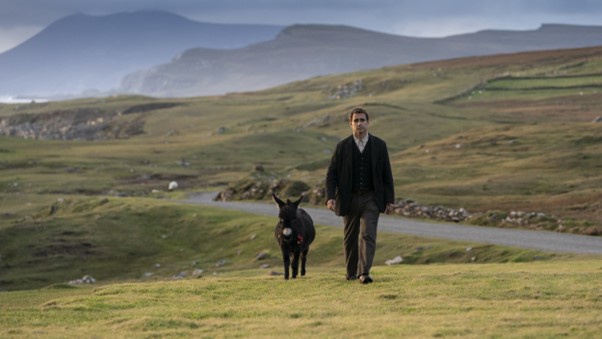
Looking back over the last 15 years, the industry has changed a great deal in terms of technology, techniques, clients and more. How has this changed the way you run the business?
It’s constantly evolving.
We have a mind expansion group, who are always looking at and playing with new tools. Every project is unique and new technology might offer different approaches that help us solve a specific problem more efficiently. We look at it as a natural evolution. If these advances assist with laborious tasks, this usually brings positive change that allows us to focus more on creative results.
The landscape is completely different to what it was even 7 years ago. We used to work mainly on film projects, but now there is a lot more episodic work and we like the variety of doing both.
There is more demand, but also more competition, but we pride ourselves on building strong relationships and delivering. We’ve steadily grown both in size and capability, but have never bitten off more than we can chew. People want to be in safe hands and we provide that.

What are three Union highlights over the years?
- The opportunity to work with Danny Boyle on the 2012 Olympics World of Wonder films for the opening ceremony was a definite highlight. With filming locations that ranged from ‘in’ the Thames to with the Queen, her corgis and Daniel Craig at Buckingham Palace, it was a truly unique experience.
- Our fit-out and move to our office at 18 Rathbone Place was a real milestone for us allowing us to expand our team and services.
- The opening of our first international office in Montreal, Canada, this year was a big moment for us.
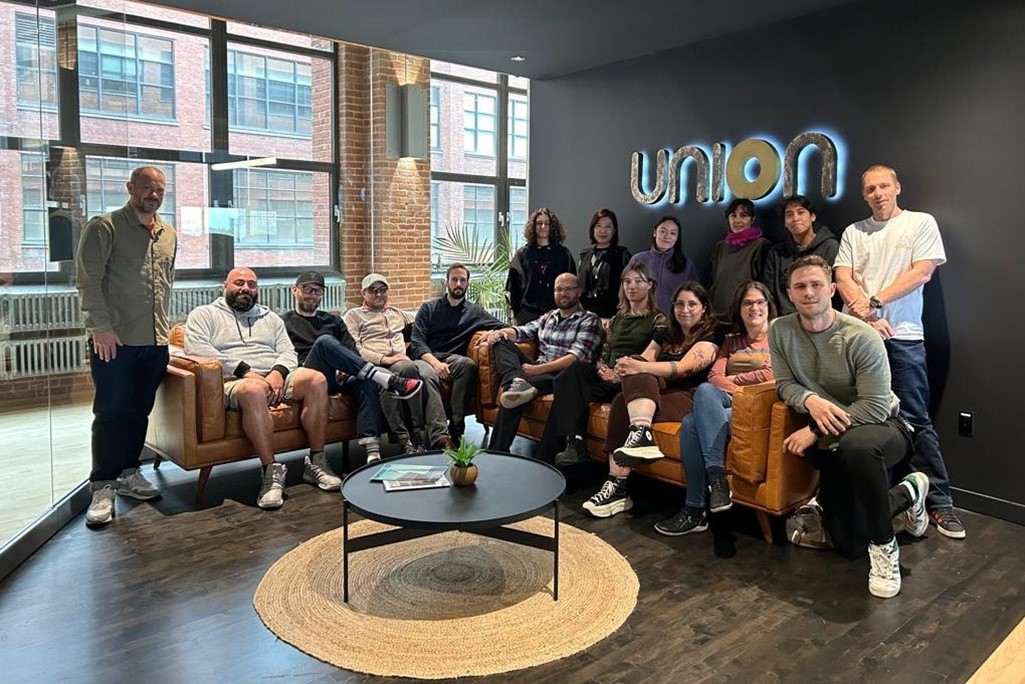
Why did you decide to open a studio in Montreal and why now?
We were missing out on work as clients capped out on the 80% UK tax credit. We decided on Montreal pre-pandemic. It’s the perfect place, ideally positioned for us to work with clients across multiple time zones, with an incredible pool of local VFX talent, and a generous tax relief system. All this plus finding a brilliant studio space made it a no-brainer. Adam also has lots of family out there and knows it well.
It gives our clients options to benefit from incentives both in the UK and Montreal. We can provide flexibility to our clients depending on the production needs and they can still work with us locally in London for reviews etc.
We have established a great core team out there who are working on our first project over there. We are all hugely excited about this next chapter for Union.
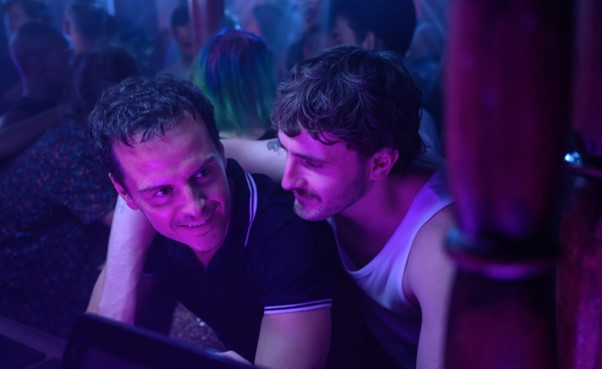
There is a lot of conversation around VFX’s role in the production process. What are your thoughts on this?
Our approach is always the same, to collaborate and help tell the filmmaker’s story whatever the size of the project. Union have a reputation for ‘invisible’ or ‘seamless’ VFX, so our team don’t always get the recognition they deserve for the amazing work they do and the contribution they make to conveying stories on the screen.
The more VFX are part of the team from script to delivery, the further the budget will stretch. We are an extension of their practical live-action film crew.
It’s great that there is a conversation happening about this in response to narratives around certain films being marketed as ‘non VFX’ films this year. In our experience, VFX are a key piece of the puzzle in making almost all films as demonstrated by a string of critically acclaimed upcoming releases we have worked on including Yorgos Lanthimos’ Poor Things, Emerald Fennel’s Saltburn and Andrew Haigh’s All of Us Strangers. It takes a large, talented group of individuals to assist in telling stories in a way you don’t even notice.
We are also part of a large group of VFX companies supporting the newly-created annual World VFX Day on 8 December, as we love to broaden people’s understanding of visual effects and how they can contribute to bringing amazing ideas to life.
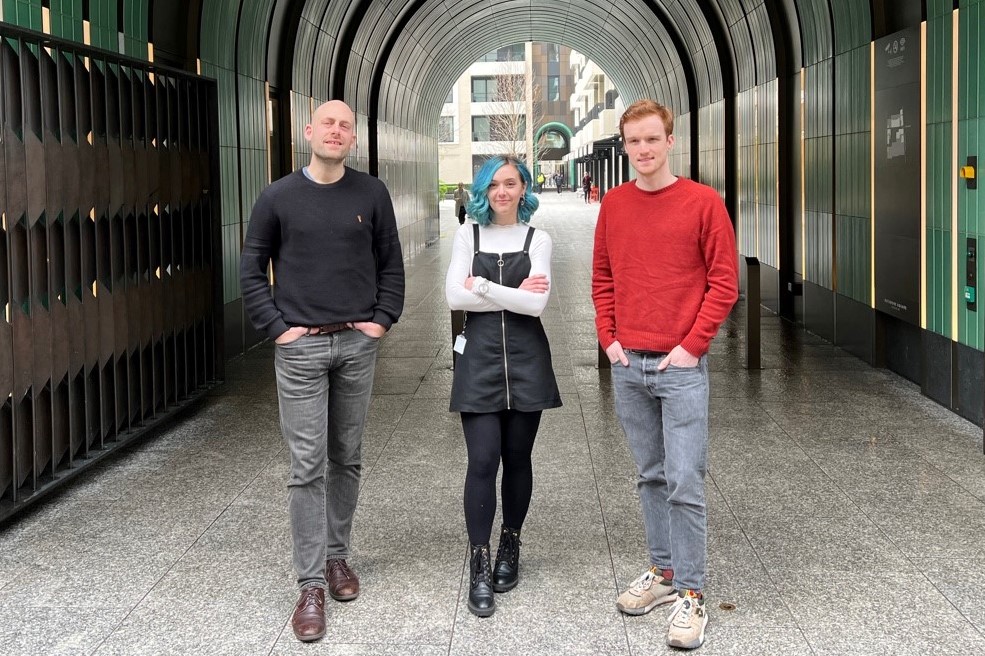
You have recently expanded your CG team with some key hires and overhauled your CG pipeline – can you talk us through this?
Since Head of CG Rob Hopper joined Union just before the pandemic, he has grown a strong team of CG experts both internally and through key hires.
In tandem, Union has developed a bespoke USD (Universal Scene Description)-based, CG pipeline from scratch that allows for efficient workflows while making the most of everyone’s expertise. This was made possible by the lack of legacy pipeline, allowing the team to be nimble and allowing artists to be seamlessly trained in the process so they can concentrate on the creative.
Marvel Studio’s Moon Knight was the first project to use the new pipeline. Since then, the team has created impressive CG on a wide variety of projects including, The Wheel of Time (Disney), Pennyworth (Warner Bros.), The Banshees of Inisherin (Fox Searchlight), The Sandman (Disney), The Power (Amazon Studios) and Poor Things (Searchlight).
This new way of working and the key talent hires signify the evolution and increased importance of CG within the facility, equipping them for bigger projects and more complex work.
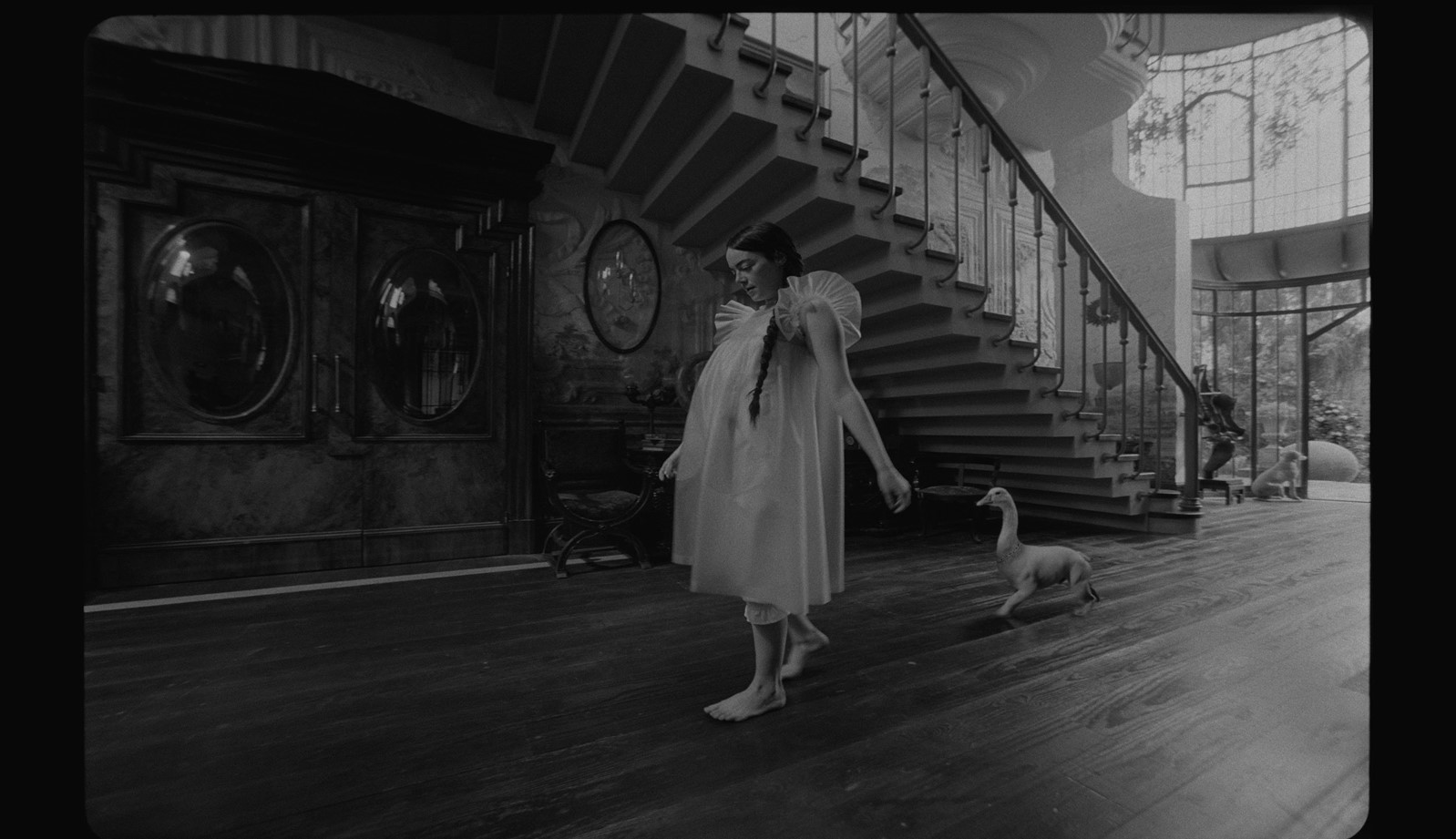
What does the future hold for Union?
If the last 15 years have taught us anything, it’s to expect the unexpected. We’ve weathered global recessions, pandemics and several strikes.
We are really excited about the reaction to some of our most recent work – in particular, Yorgos Lanthimos’ Poor Things (Golden Lion Winner at Venice) and look forward to continuing to do great work that we are proud of for interesting clients and steadily growing our Montreal office.

